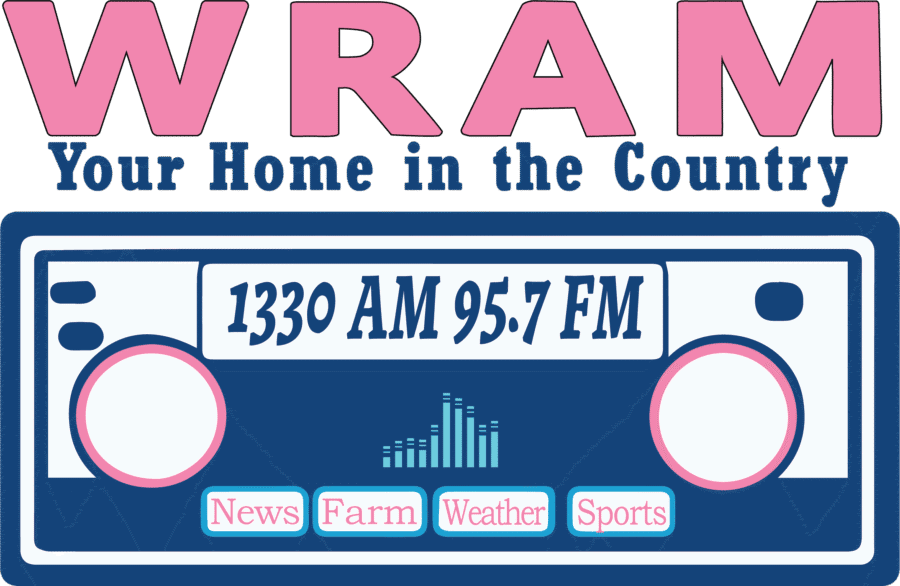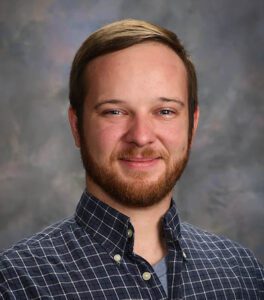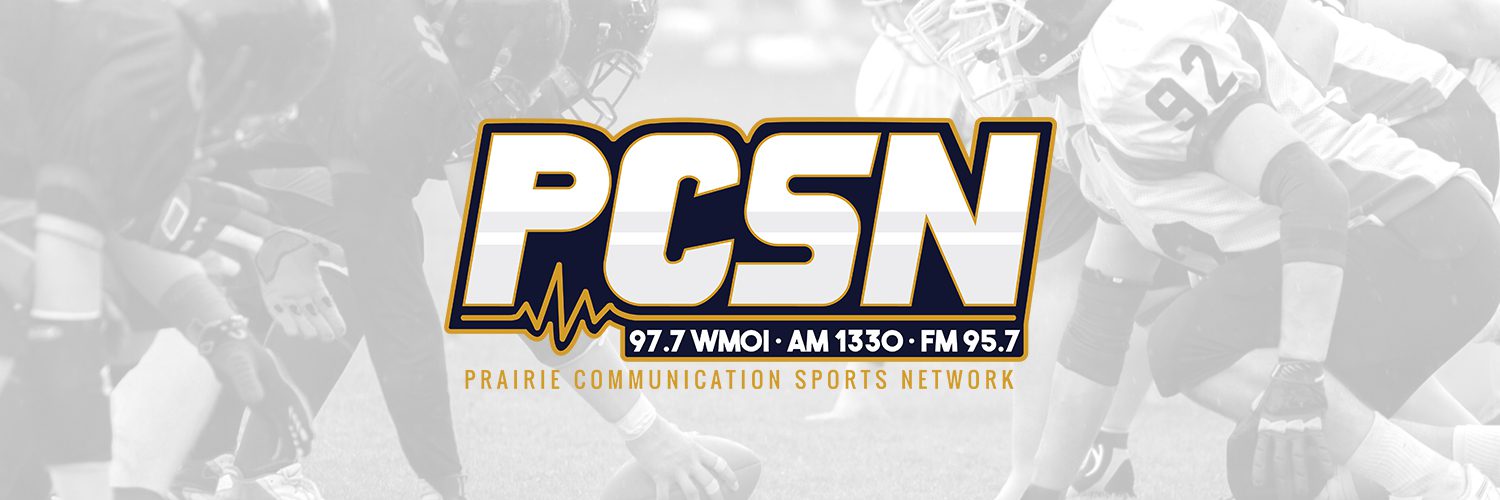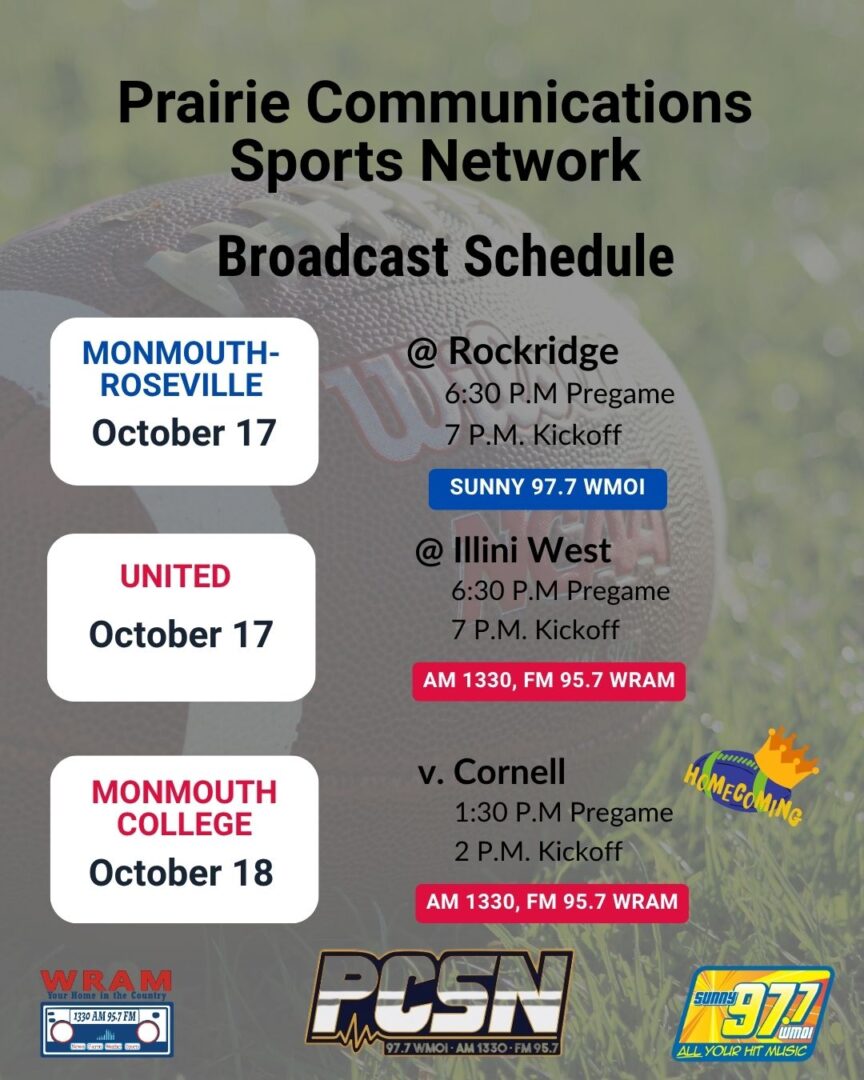By Thomas Best
Do you know these lyrics? “All my love, all of my kissin’, you don’t know what you’re missin’, Oh boy,” or “I love you Peggy Sue, with a love so rare and true, Oh Peggy, my Peggy Sue?”
Even if you were not a teenager in the 1950s, I bet you’ve heard these snappy lyrics sung by a lanky, black-rimmed eye-glass wearing young man from Lubbock, Texas—Charles Hardin “Buddy” Holly. The kids of my generation know of Holly as one of the subjects of Don McLean’s 1970s ballad, “American Pie,” and his sad lyrical account of the “Day the Music Died.” Although McLean has recently admitted that he was not just thinking of the tragic death of a group of three rock and roll singers in 1959, my discussion today should help in understanding the complexity and influence of Buddy Holly as a groundbreaking artist.
To begin, you should know his family name is not spelled “Holly,” but “Holley.” The explanation for this error is credited to a misspelling of his name on an early contract. “Buddy” (which is what his mother loved to call her little boy) was weaned at the feet of his guitar and fiddle playing brothers. First singing in his own conservative Baptist church and small musical venues, Buddy’s musical tastes were not fulfilled. He was soon sneaking out to segregated clubs in the Lubbock area, such as the “Cotton Club.” Here, Buddy absorbed a style of raucous music that inspired him to create his own jangly electric guitar music. Indeed, Holly blended rockabilly—a bouncy form of country and western—with black rhythm and blues made popular by those like he met early on from “Little Richard” to an up-and-coming Elvis Pressley. Holly was being turned on to “rock and roll.”
Still often appearing at sock hops and roller-skating parties in Bible-belt communities, Holly and various bandmates played mostly country and western music, highlighting artists he admired such as Hank Williams. When no more than 17, he made this first demo recordings. By 1956 he was appearing as “Buddy and the Two or Three Tones.” Holly’s country and western sound won him a introductory record contract with Decca Records out of Nashville; however, few folks outside of west Texas were hearing his music. His growing ambition soon found him and his evolving band to a small recording studio in Clovis, New Mexico and to the man who became his manager, Norman Petty.
With Holly on lead vocals and lead guitar, Jerry Allison on drums, Joe B. Mauldin on the large bass, and sometimes Sonny Curtis on rhythm guitar, the group called “Buddy Holly and the Crickets” was born. As a quick side note: they first considered calling themselves “The Beetles;” but, they thought that name would be too closely associated with large yukky black bugs. The Crickets recorded their first big hit, “That’ll be the Day” at Petty’s Clovis studio in January 1957. Inspired by John Wayne’s famous line in the western film “The Searchers,” the song peaked at number #3 on popular music polls. What made their sound increasingly intoxicating were Holly’s wide vocal range punctuated by his drawling hiccupping punctuations, their catchy lyrics which teenagers loved to sing and bop along with, his rapid-fire guitar licks on his Fender Stratocaster, and his infectious stage presence. Holly’s ability to likewise compose his own music mapped out a new direction that other early rockers noticed and began emulating. Moreover, it was the Crickets utilization of two guitars, a bass, and thundering drums that set the standard for many evolving rock groups to recreate.
Constantly working to elevate his music using unprecedented orchestra and string instruments, Holly was a wise musical soul well beyond his years. In just 18 months, Holly and the Crickets recorded three albums, scored seven top 40 singles, toured widely both in the U.S. and Britain, and appeared on nationally-broadcast variety shows such as Ed Sullivan (whom Holly spared with over their meager pay). While American kids loved Holly’s music, it was in Britain that young aspiring musicians such as John Lennon, Mick Jagger, Graham Nash, and Eric Clapton, adopted Holly’s musical style and precedents. Paul McCartney famously stated that without Holly and the Crickets there would have been no Beatles.
By 1959, Holly’s compositions offered new elements of Latin, jazz, and classical music in tunes such as bouncy “Rave on” (inspired by Bo Diddly) and the melodious and soulful, “True Love Ways.” Having also recently married to a young New York woman, Maria Elena Santiago (to whom he proposed to on the first day they met and to whom “True Love Ways” was composed), Holly and Maria showed off their wise business sense. Buddy saw their future in the “Big Apple,” recording with some the nation’s best studio artists. This led to a feud with his Crickets, who were not keen on working in New York City. Holly’s manager, Norm Petty, and he were also battling over Buddy’s desire for more independence and his goals of running his own recording studio and publishing company. Wanting enough money to break away from Petty and his stingy sharing of record royalties, Holly agreed to join a Midwestern winter tour during the end of 1958 into the first months of 1959.
Of course, the tragic story of that ill-fated twenty-four site tour is fairly well known. Plagued by bitter cold that caused his drummer to come down with frostbite and their old tour bus to constantly break down, the winter dance party became a slogging pain. Through my research and a penetrating interview with Billy Olson who, as a 14 year-old, was at Holly’s final tour date, I learned of their breakneck tour schedule across the upper Midwest (which included a stop in Davenport, Iowa). Holly and the tour ensemble, arrived for an evening concert in Clear Lake, Iowa at the Surf Ballroom on February 2, 1959. Billy vividly remembers not only attending the concert; but through family connections, he got to meet Holly and the ensemble back stage. According to Olson’s vivid memory, Holly was quiet and mild-mannered when off-stage, immensely talented when performing, and all business when it came to money (specifically, he recalls Holly getting six $100 bills to pay his performers). Yes, there are a multitude of controversies about that last night and their small plane’s crash. Most often heard is the story of the fateful decision of Waylon Jennings and Tommy Allsup, Holly’s backup musicians, to give up their seats Holly’s fellow stars, Hispanic star, Richie Valens, and J.P. “Big Bopper” Richardson on a plane flown by a relatively inexperienced 21 year-old pilot. Rumors spread that he was not yet as skilled in flying by instruments in bad weather as required. However, Olson, who knows much about the airplane used—a Beachcraft Bonanza, a “V” tipped rear wing which could be difficult to fly (and sometimes mocked as a “widow maker”), he still believes that Roger Peterson, the pilot, was competent. It was the sudden onset of more brutal winter weather that doomed their flight. Olson heard the news of the crash that next morning while milking cows with his father. They went out to the nearby tragic scene of the crash. They identified Holly’s body in part by the six $100 bills he had in his pocket.
The site of their final performance at the Surf Ballroom still stands today as a rock and roll venue and a memorial and museum to Holly, Valens, and Richardson (Billy Olson and his wife now help there in their retirement). People still come here all the time to rock and mourn Holly’s untimely death at the young age of 22. While some think of February 3, 1959 as the “day the music died,” I would direct them to the spirited film about his Holly’s life staring Gary Busey. Beside a well-loved and much traveled rock and roll musical still playing, museums touting his legacy such as in Lubbock, Texas and the Rock and Roll Hall of Fame in Cleveland proclaim his greatness as a true musical genius and legend.
Thank you for your interest. Next, week I am going to start a series of programs on living in the Midwest.
Photo by: www.tpr.org/2011-09-07/buddy-holly-at-75-a-tribute-to-an-unlikely-star













